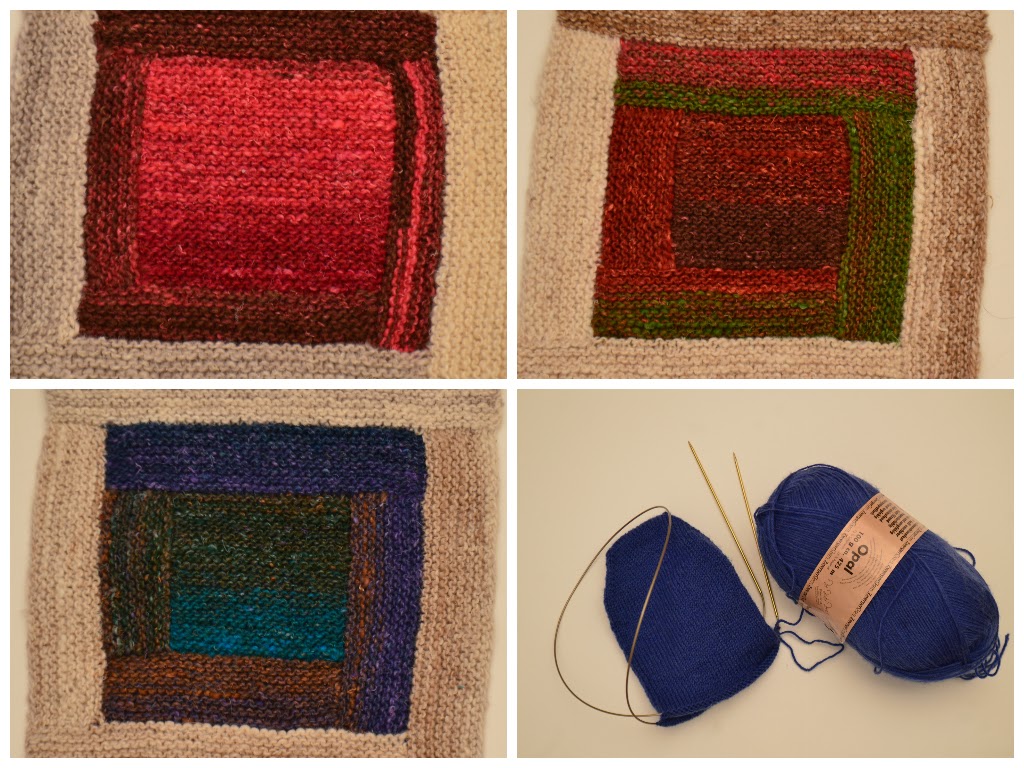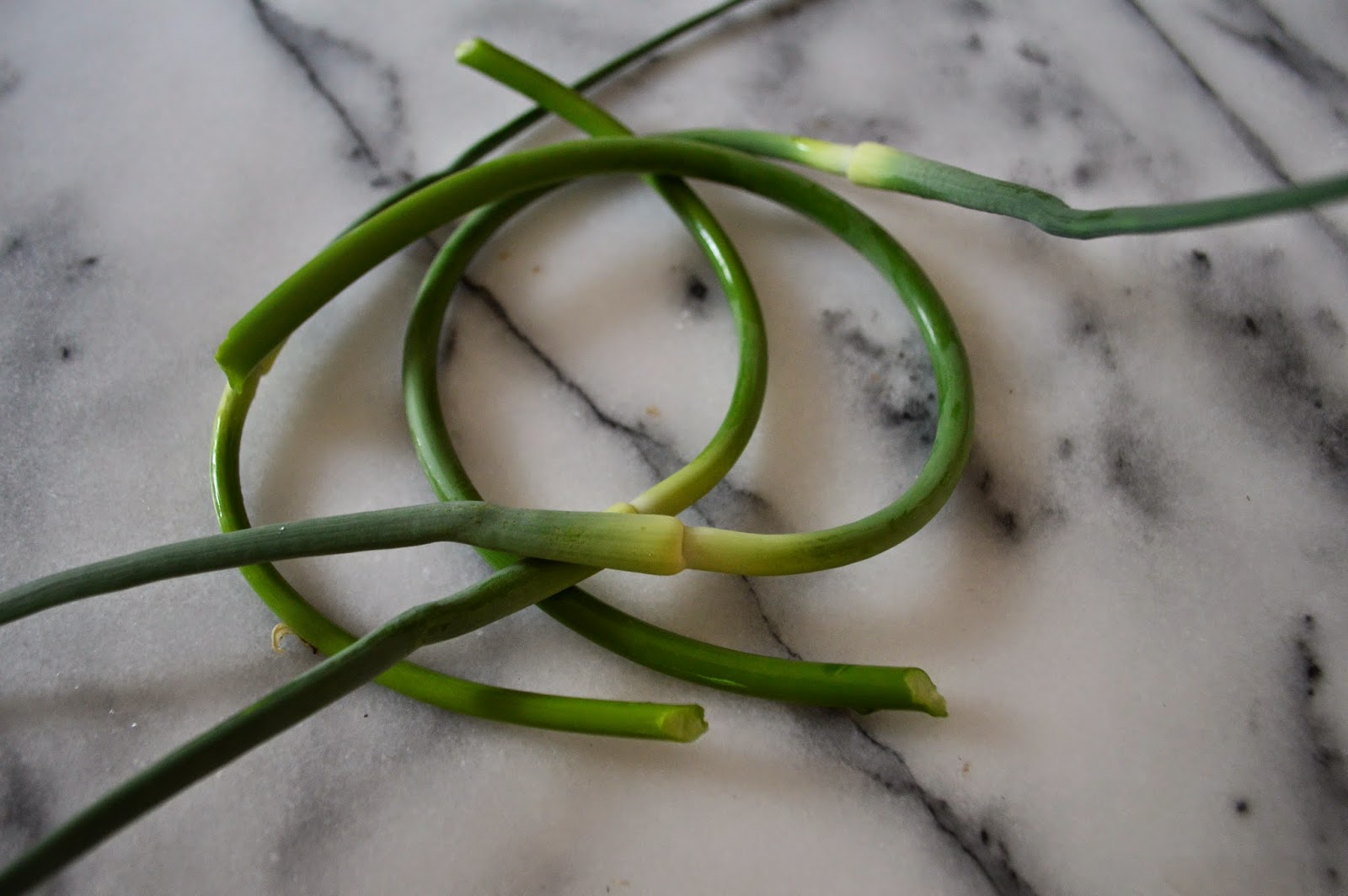As flowers start blooming, other things start blooming too - like weeds. I'll be the first one to say that a weed is just a wildflower that grows where it's not welcome. Still, weeds take moisture and nutrients away from those precious flowers and veggies, so we want to get those pesky weeds out of our yards so we can grow what we want!
As you're getting ready to tackle those weeds, check and make sure you're not making one of these mistakes. Over the years, I've made some of them, and some of them have been made for me. All the photographs are from my garden this year, and I'm working as quickly as I can to fix them. Some are worse than others, but avoiding these mistakes will make your weeding tasks so much easier in the long run.
1. You Leave Empty Patches of Dirt
 |
| Crabgrass is closing in on this bare patch of dirt. |
This practically screams, "Hey weeds! Come live here!" Ever heard the phrase, "Nature loves a vacuum?" Well, that's what an empty patch of dirt is - a vacuum. Weeds
will find it, and they
will grow there. Use that valuable spot to grow something you'll enjoy looking at instead!
2. You Don't Use Mulch
 |
| Mulch helps keep out the weeds in this flower bed. |
If you take nothing else away from this post, it should be that mulch is the best weed control strategy out there. There are so many great reasons to use mulch, I don't understand why more people don't use it.
Mulch helps keep weeds out by making it harder for them to take hold. When they
do take hold, mulch makes it easier to pull the weeds, because it's nice and loose instead of compacted. In addition to being great for weed control, mulch is good for the soil - it will slowly decompose into soil itself. So while you have to replenish the mulch every now and then, just know that you're doing great things for your soil.
Want to know more about mulch, and which mulch to pick? Margaret over at
A Way To Garden is my mulch guru.
3. You "Hardscape"
 |
| Gravel makes it more difficult to pull weeds. Can you spot the crabgrass poking up through the gravel? |
Hardscaping is like using mulch, but with rocks. Sure, it might work for a season or two - dump some rocks on top of unsightly weeds, and the weeds that aren't crushed won't get enough light to grow. But after a season or two, something else happens. Weeds find their way up through the cracks - just like they do in the cracks in concrete, and they're stronger than ever.
Have you ever tried to pull weeds out of gravel? It's way tougher - you have to pull twice as hard, and if you've ever had the experience of falling backwards once the weed finally gives way, you'll probably have it again - this time with a shower of gravel coming straight for your face.
4. You Use Weed Control Fabric
 |
| See those lines of weeds in the gravel? That's where the weed control fabric is starting to lose its edge. |
Like a layer of gravel, weed control fabric will definitely work for a season or two. Then it starts to disintegrate, and weeds find their way up around the edges. What a waste of money (and work!). Instead, lay down some wet newspapers or cardboard, then cover with a layer of mulch. You'll get the same benefits of smothering the weeds for a season, plus you'll be helping the soil build itself up.
5. You Let Them Go To Seed
 |
| These weeds have already flowered - meaning they're going to go to seed soon. I'd better catch 'em quick! |
Weeds can spread one of two ways: (a) the parent plant sends "runners" along the ground, and a new baby plant shoots up a few feet away (think crabgrass and oxalis) or (b) the parent plant spreads its seed (think dandelions). Many weeds can do both, which is what makes them so difficult to control. If you have time to do nothing else, spend a few minutes pinching off their flowers so they have less of a chance to take control.
6. You Don't Pull Them All the Way Out
 |
| See that milky sap at the end of the root? That tells me I didn't get the whole root out. Whoops. |
Many weeds, like dandelions, have a taproot, which extends far into the soil. Taproots are part of what makes weeds so effective - they can draw moisture and nutrients from farther down, protecting them from drought and ensuring they edge out their competition.
But whole new plants are able to generate from little bits of taproots. If you leave any piece of a taproot in the ground, a whole new plant will pop right back up where the old one was. Do yourself a favor - pull the weeds completely out the first time, and you won't have nearly as much frustration as you maintain your weed-free garden.
7. You Use the Weedwacker
You get halfway through May, and the weeds have already gotten away from you. They went from cute little flowers to monsters overnight. Maybe you've even gotten a notice from the city that you'd better mow your grass weeds or else. You freak out, and get out the weedwacker for a quick fix. I've been there. It sucks.
If you're using the weedwacker as a way to mow the grass - getting those tough edges under control, it's not so bad. After all, that's what a weedwacker is designed to do. But really, it's not the best alternative to pulling weeds. If you haven't already gotten the gist of it, weeds respond immediately to threats - by sending out runners, setting seed, and finding ways to live in even the most inhospitable environments. Weeds are smart.
Have you ever noticed how some dandelion flowers have long stalks - as tall as two feet - while others have stubby little stalks, and barely even rise above the leaves? That's because when a dandelion gets cut, mowed, or weedwacked, the plant immediately responds by growing a shorter flower stem. The stems get shorter and shorter over the course of the growing season, until they're level with the grass.
So if you're using a weedwacker to get rid of those pesky flowers (see #5 above), it will only work for a few weeks. Try pulling the weeds instead, and growing something else in that spot so they don't come back.
And, worst of all...
8. You Use Roundup
But wait, you might be saying, if I'm pulling the weeds all wrong, why not just kill them? I'm so glad you asked.
Roundup contains glyphosate, a herbicide that kills just about any plant it comes into contact with (except for crops genetically engineered to survive it, which is a whole different story). So if you're trying to kill the dandelions in your lawn, you'll also be killing your lawn when you use Roundup. Glyphosate is poisonous to people, too,
as are the other ingredients in Roundup. Glyphosate isn't good for the soil, either - it can harm earthworms and other beneficial insects. And when people use Roundup to get rid of the pesky little weeds growing in the cracks in the sidewalk, all those chemicals often get washed into waterways and contaminate groundwater.
One last thing - just like scientists developed crops that could resist Roundup, weeds are now evolving to resist it too. So the Roundup you thought was killing your weeds might not even work as well anymore - and it still causes all the same nasty environmental effects.
Roundup might be the easiest solution in the short run, but it has the most long-term implications of any weed control strategy. Do yourself - and the environment - a favor, and stick to pulling weeds and mulching.
What weeding mistakes have you learned from in your garden? I'd love to hear about them in the comments!



















.JPG)

.JPG)